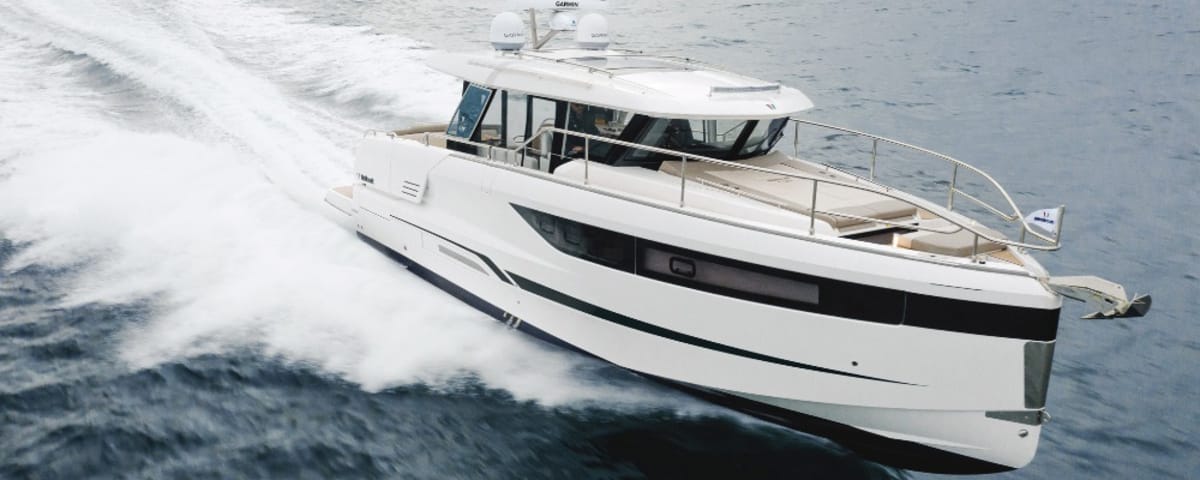VHF Radio Onboard: A Safety Essential
Having a VHF radio onboard is crucial for maritime safety. Here’s what you need to know:
VHF Radio Watchkeeping
Regulations require vessels navigating offshore to have a fixed VHF radio. For extended offshore navigation, a portable VHF radio is also necessary. It’s not enough to simply possess a VHF radio; it must be actively monitored on Channel 16.
VHF and Safety
VHF radios are vital for sending and receiving safety-related messages (MAYDAY, PAN PAN) on Channel 16. Maintaining a watch on this channel ensures that boaters remain aware of these messages and allows maritime authorities to broadcast instructions to vessels in the area.
VHF DSC (Digital Selective Calling)
While new VHF radios sold are typically equipped with DSC, having a DSC-enabled radio onboard is not mandatory. A standard, approved model is sufficient.
Equipment Checks
Owning a VHF radio is only beneficial if it’s functioning correctly. Before heading out to sea, verify its operation. You can contact the nearest harbor master’s office or another vessel to test it. A radio that receives may not necessarily transmit. The most common cause is a faulty antenna or poor connector contacts.
Licensing Requirements
Depending on your location and the type of VHF radio you have, a Restricted Radiotelephone Operator Certificate (ROC) may be required. If navigating in international waters, the ROC is mandatory. It may also be requested when renting a boat abroad. A maritime ROC can be used for both maritime and inland waterway navigation.
Proper Usage
Having a VHF radio is only useful if you know how to use it. Familiarize yourself with the correct procedures, frequencies, and emergency protocols. Resources are available to refresh your knowledge on VHF procedures, frequencies for different situations, and best practices for emergencies or contacting maritime authorities.
Before setting sail, stay informed by consulting weather forecasts and utilizing available resources for safe navigation.
Enjoyed this post by Thibault Helle? Subscribe for more insights and updates straight from the source.


